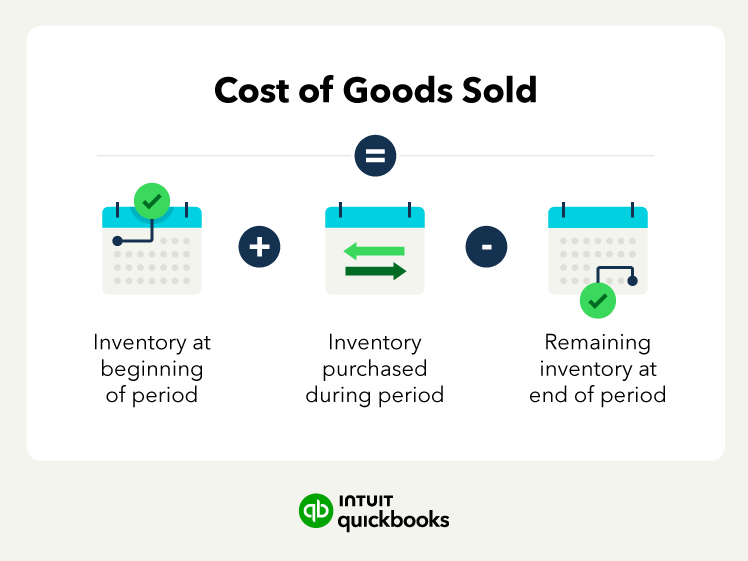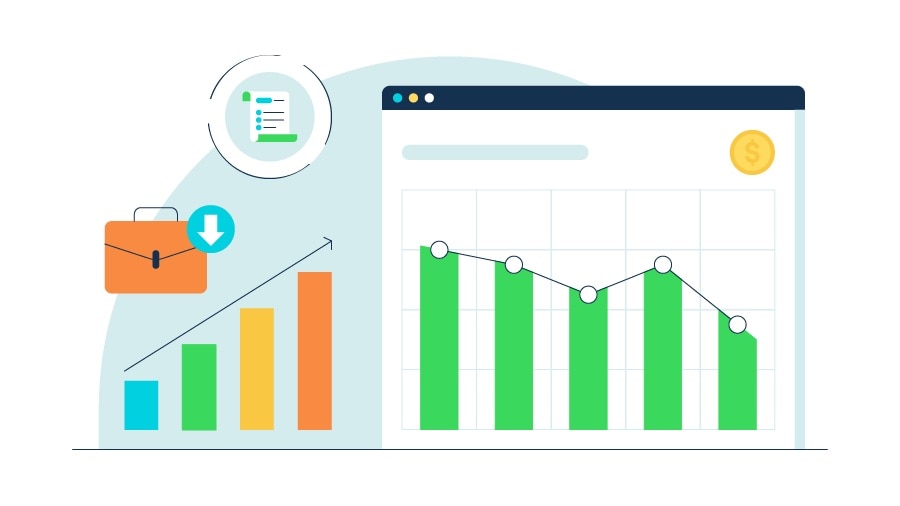First in, first out (FIFO)
The first in, first out (FIFO) costing method assumes two things:
- The items purchased or produced first were also the first items sold.
- The inventory items at the end of your reporting period are matched with the costs of related items recently purchased or produced.
The price of items often fluctuates over time, due to market value or availability. Inflation causes prices to increase over time. Deflation causes prices to decrease over time. Depending on how those prices impact a business, the business may choose an inventory costing method that best fits its needs.
During inflation, the FIFO method assumes a business’s least expensive products sell first. As prices increase, the business’s net income may increase as well. This process may result in a lower cost of goods sold calculation compared to the LIFO method. However, during price deflation, the opposite may occur.
For example, a jeweler makes 10 gold rings in a month. When production started, it cost $100 to make gold rings. Due to inflation, the cost to make rings increased before production ended. By the end of production, gold rings cost $150 to make. Using FIFO, the jeweler would list COGS as $100, regardless of the price it cost at the end of the production cycle. Once those 10 rings are sold, the cost resets as another round of production begins.
Last in, first out (LIFO)
The last in, first out (LIFO) costing method assumes two things:
- The items purchased or produced last are the first items sold.
- Closing inventory items are considered to be part of the opening inventory from the same year. Items are assumed to have been sold in order of acquisition. That includes items in your inventory at the start of your year and those acquired during the year.
The LIFO method will have the opposite effect as FIFO during times of inflation. Items made last cost more than the first items made, because inflation causes prices to increase over time. The LIFO method assumes higher cost items (items made last) sell first.
Thus, the business’s cost of goods sold calculation will be higher because the products cost more to make. LIFO also assumes a lower profit margin on sold items and a lower net income for inventory. During times of deflation, the opposite may occur.
For example, Let’s say the same jeweler makes 10 gold rings in a month and estimates the cost of goods sold using LIFO. The cost at the beginning of production was $100, but inflation caused the price to increase over the next month.
By the end of production, the cost to make gold rings is now $150. Using LIFO, the jeweler would list COGS as $150, regardless of the price at the beginning of production. Using this method, the jeweler would report deflated net income costs and a lower ending balance in the inventory.
The IRS notes that the LIFO method has complex rules and requires the completion of Form 970. You only need to file this form with your yearly taxes the first year you use LIFO costing. Two LIFO rules highlighted in IRS Publication 538 are “dollar-value methodology” and “simplified dollar-value methodology.”
- The dollar-value method groups together goods and products into one or more pools or classes of items.
- The simplified dollar-value method uses a similar pooling system but uses government price indexes to determine the annual change in price.
Average cost method
To determine the average cost of an item, use the following formula:
Avg cost per unit = Total cost of goods purchased or produced in period Number of items purchased or produced in period
In other words, divide the total cost of goods purchased in a year by the total number of items purchased in the same year.
The average cost method, or weighted-average method, does not take into consideration price inflation or deflation. Instead, the average price of stocked items, regardless of purchase date, is used to value sold items. Items are then less likely to be influenced by price surges or extreme costs. The average cost method stabilizes the item’s cost over the year.
Here’s what this method looks like, using the same jeweler example: At the beginning of production, 10 gold rings cost $100 to make. Due to price inflation, they cost $150 by the end of production. Let’s assume five rings were made at $100 and five at $150.
Once all the rings are sold, the jeweler can calculate the average cost. Divide $1,250 (the total cost to make all the rings) by 10 (the total rings sold). The jeweler would report COGS as $125.






















